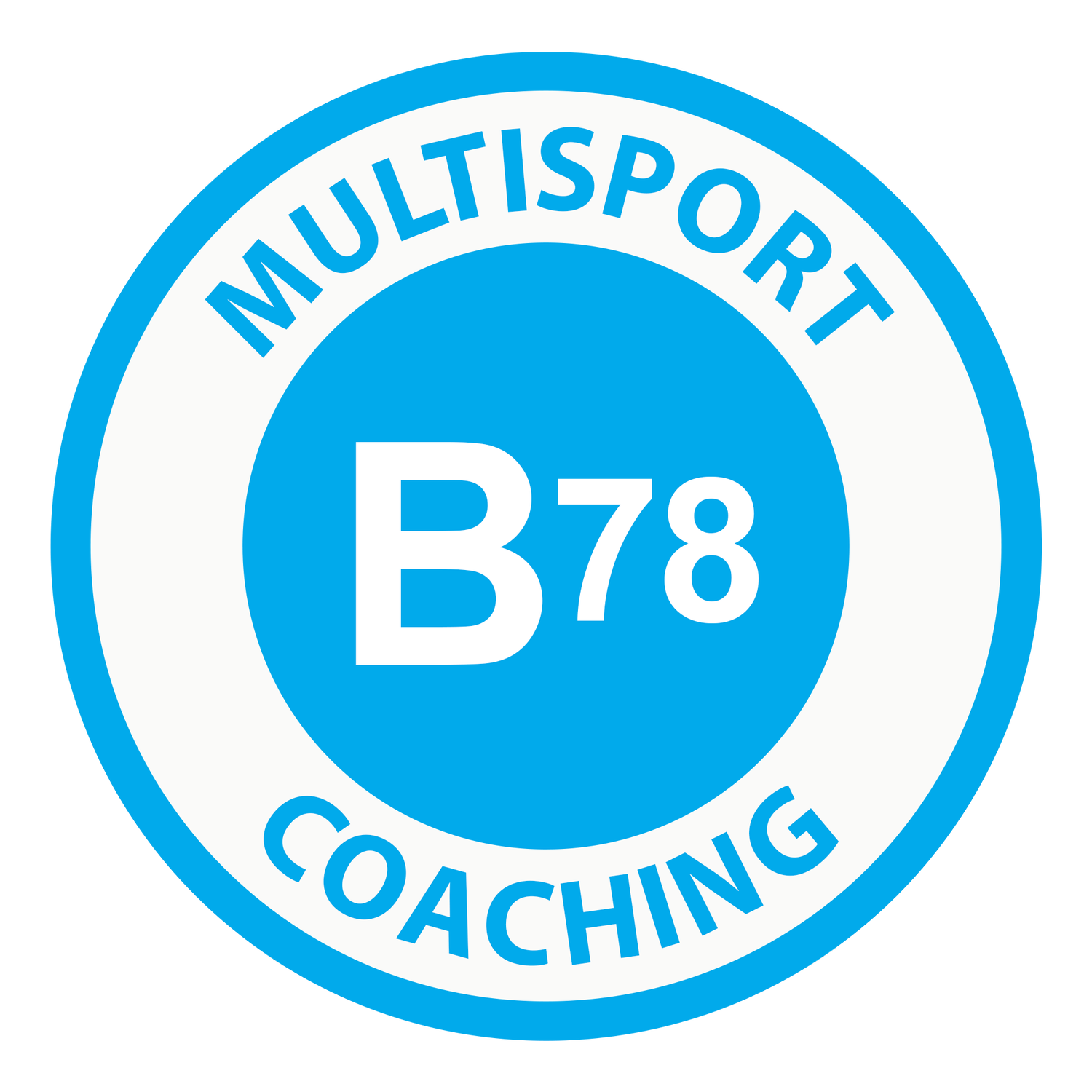Hydration And The Practice Of Fluid Intake During Training
Hydration is similar to nutrition in that you want to consume small amounts frequently. Water is lost through sweat and respiration (breathing) and must be replaced. A decrease in body fluid can have disastrous consequences. We lose water constantly through sweat and respiration as well as through excretion of waste products like urine and bowel movements. Water must constantly be replaced for survival and optimal performance.
Hydration is a measure of the water contained in your blood stream. As you get dehydrated your blood volume drops and your effective percentage of red blood cells (in that blood volume) increases. An increase in red blood cell percentage due to a decrease in overall blood plasma volume causes the blood to become thicker and harder for the heart to pump. A typical reaction to dehydration is that your heart rate will increase in order to provide the blood required for the desired effort. Core body temperature also increases when we are dehydrated which effectively increases the stress and perceived effort on the body.
A good rule of thumb is to consume between 750ml and 1000ml of fluid per hour depending on the weather conditions, your body size and sweat rate.
It is definitely possible to consume too much fluid before, during and after exercise. Remember also that hydration is a measure of fluid in the blood stream not in the stomach. If you lose too much sodium in your sweat it becomes difficult for the body to pull fluid from the gut into the blood stream. There are cases where people will consume vast amounts of fluid only to have it reside in the gut. People who experience this will feel bloated and may even start throwing up. This is one of the reasons sports drinks contain sodium. Sodium will move from the gut into the blood stream causing an osmotic gradient that effectively allows water to follow.
Sodium intake
Replacing sodium is one of the most important aspects of a good hydration strategy. Typically, sodium is not a concern in events shorter than 4 hours. However, extremely hot conditions can affect sodium levels during shorter distances. Sodium will move from the gut into the blood stream causing an osmotic gradient that effectively allows water to follow. Sodium is also important in muscle contraction and relaxation. People who experience low sodium levels may also notice muscle cramping. Sodium is easy to underdo but quite difficult to overdo. In events lasting longer than 4 hours a good rule of thumb is to consume 500-1000mg of sodium per hour of activity. Most sport drinks and/or sodium specific energy nutrition products will allow you to reach these numbers by consuming their products alone. However, it is always important to “do the math”. There are a number of products available that are designed to replace sodium as well as a number of other electrolytes. Salt stick is perhaps the best product on the market currently and can be found here
